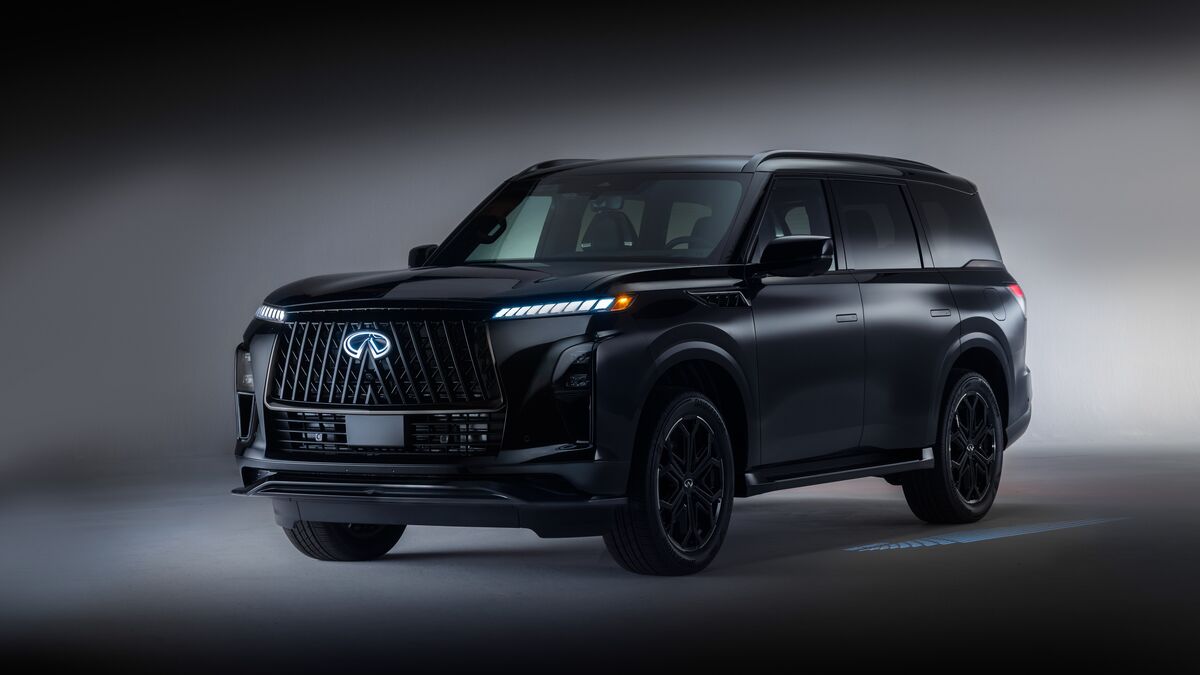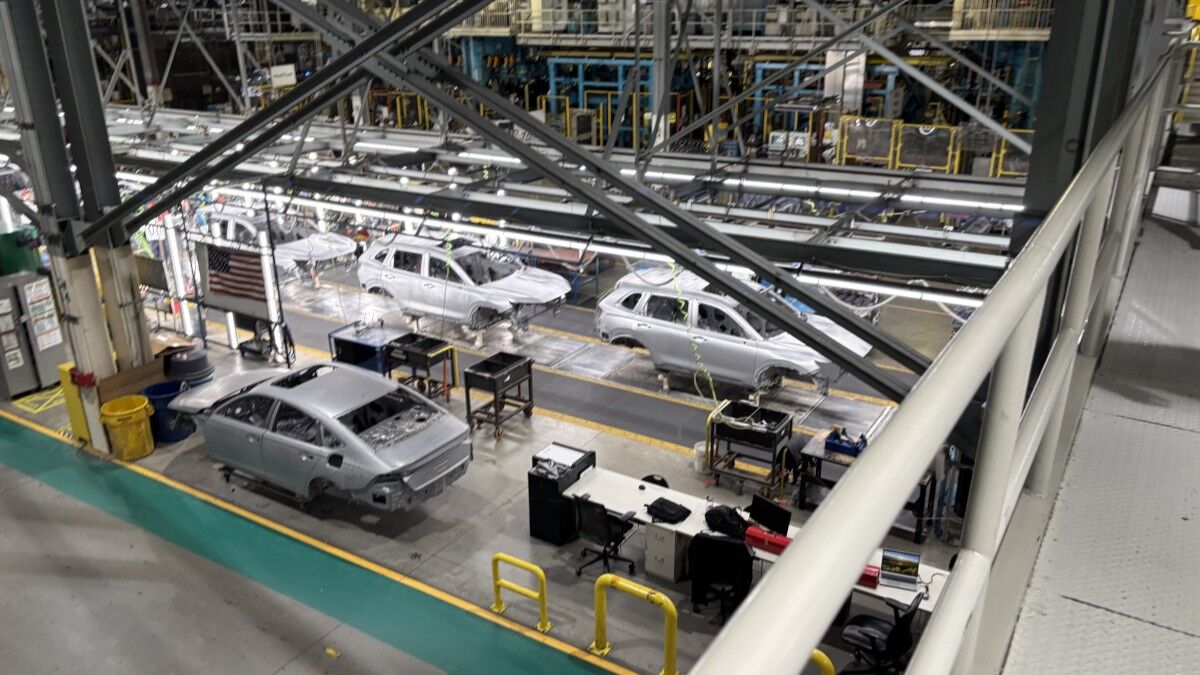A new safety standard is in the works that would require cars to have the capability of communicating with each other in an effort to reduce collisions. U.S. Transportation Secretary Anthony Foxx announced the proposed rulemaking, which follows a government study that found the technology is feasible.
"Safety is our top priority, and V2V technology represents the next great advance in saving lives," said Foxx. "This technology could move us from helping people survive crashes to helping them avoid crashes altogether – saving lives, saving money and even saving fuel thanks to the widespread benefits it offers."
Also: The Class of 2015 — New Vehicles Ready to Roll
Two safety applications studied, Left Turn Assist, which would warn a driver not to turn in front of an approaching vehicle, and Intersection Movement Assist, which would alert the operator that it is not safe to enter an intersection, could prevent up to 592,000 crashes and save 1,083 lives per year.
The two devices would add approximately $350 to the cost of a new car and the technology could also be adapted to work with current blind spot and collision mitigation systems. The agency also said that "vehicles equipped with V2V technology could also enable the development of a wide range of mobility and environmental benefits based on vehicle-to-infrastructure applications and other V2V applications that can enhance traffic flow in many ways. V2V technology does not involve collecting or exchanging personal information or tracking drivers or their vehicles. The information sent between vehicles does not identify those vehicles, but merely contains basic safety data. In fact, the system as contemplated contains several layers of security and privacy protection to ensure that vehicles can rely on messages sent from other vehicles." NHTSA said it hopes to announce final standards by 2016.
Popular at KBB.com
10 Best Sedans Under $25,000
10 Best SUVs Under $25,000
The 40 MPG Cars of 2014
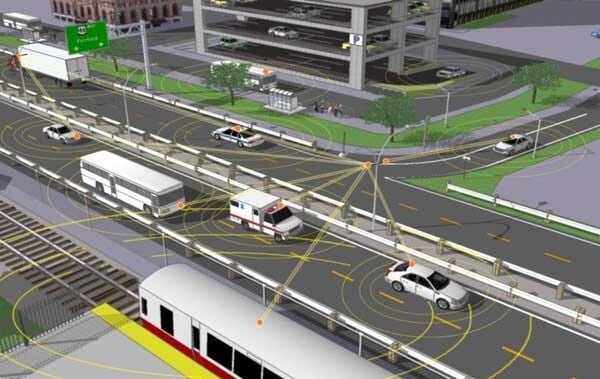
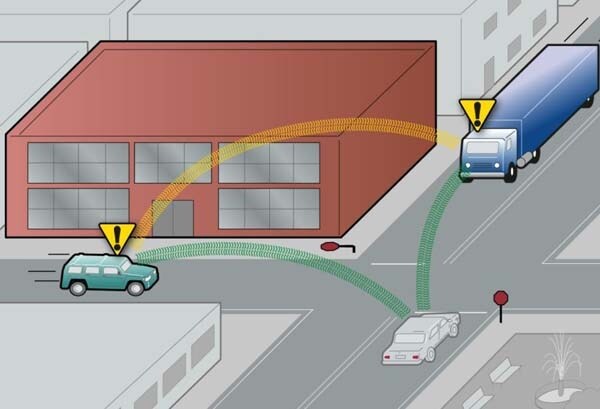
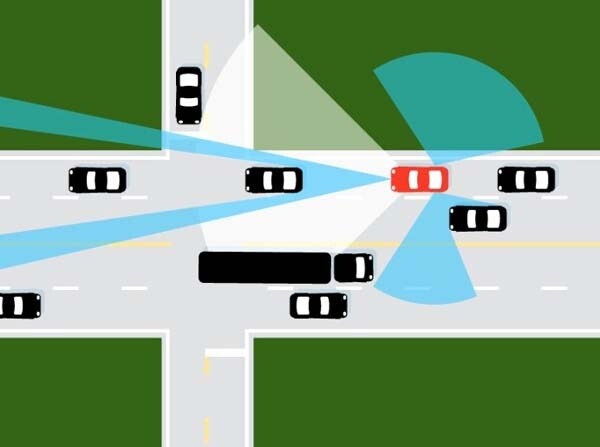

-180.jpg)






